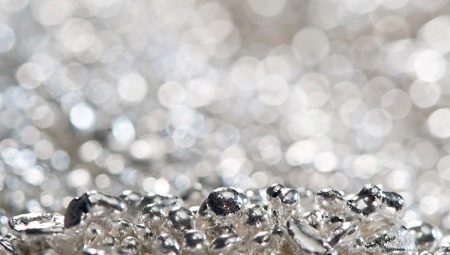There are many methods for producing silver and some other precious metals by purification from impurities, and some of them are possible only in industrial enterprises and chemical laboratories. However, there are methods that allow silver to be refined in a domestic environment.
It is about them that we will talk in our review.
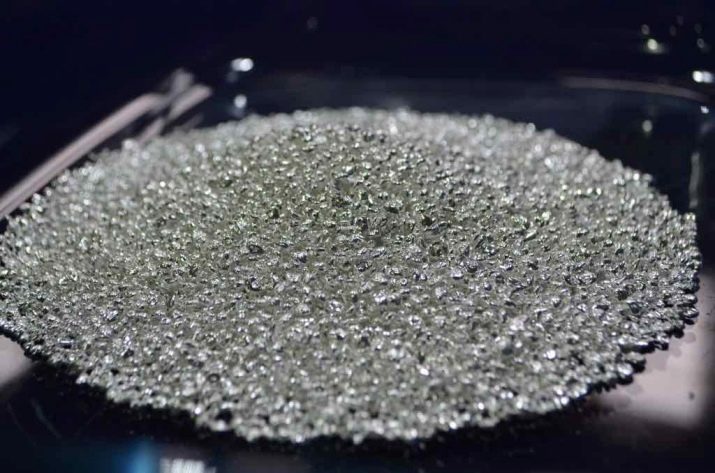
The essence of the procedure
In order to get refined silver from the technical, techniques are used to rid it of various impurities. The combination of all the techniques was called refining. At its core, this procedure is an industrial process, however, you can perform all the necessary manipulations at home.
To cleanse you can use items such as:
- any silver jewelry;
- sludge obtained during the electrical processing of argentum;
- technical scrap containing impurities;
- lead industry waste.
You can get a pure argentum from radio components, silver-plated parts and silver contacts, as well as ore fragments obtained during mining.
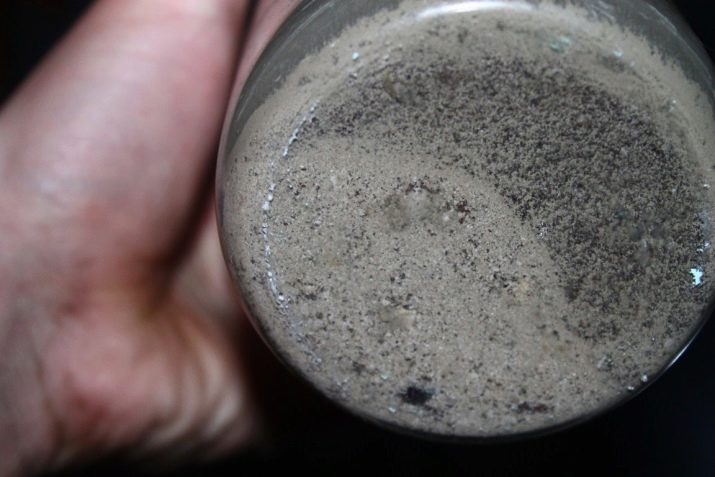
The following techniques are referred to home silver refining methods:
- chemical chlorination;
- cupellation;
- electrolysis.
The final choice of refining option depends on factors such as:
- amount of metal to be processed;
- the ability to ensure the continuity of the process;
- initial state of the alloy being processed.
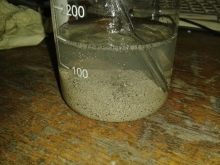
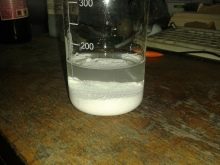
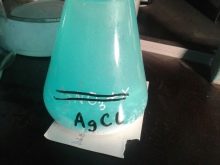
Necessary tools
A set of basic depends on what method of silver you have chosen.
So, for refining argentum elements you will need:
- glass container;
- quartz wand;
- Nitric acid;
- ammonium chloride;
- salt;
- sodium sulfide;
- any filter;
- funnel;
- deionized water;
- copper scrap.
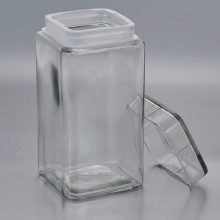
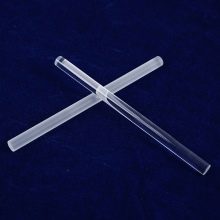
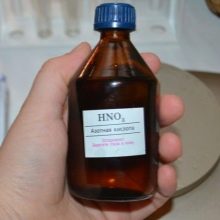
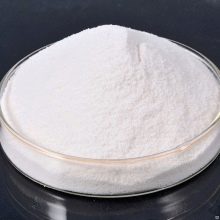
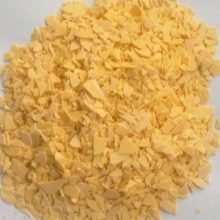
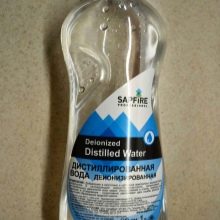
When performing cupellation, it is necessary to prepare:
- stove;
- lead;
- crucible.
To perform electrolysis, you need:
- Power Supply;
- insulating material;
- stainless steel fork;
- insulating tape;
- a bag from a tea bag;
- any plastic container.
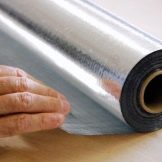
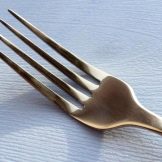


Precautions
Refining silver is quite a profitable business. But since some chemicals are used during metal cleaning, safety rules must be followed.
The first thing you should pay attention to before starting work is the ability to ventilate the room in which measures will be taken to clean silver. An ideal option would be to carry out work outdoors - this will prevent poisoning with hazardous chemicals. If this is not possible, then you should choose a room in which a powerful hood is installed, and there are windows that can be opened if necessary.
To protect the skin, eyes and mucous membranes, rubber gloves, special glasses and a bathrobe are required.


At the stage of work with nitric acid additionally a respirator must be worn otherwise vapors of this dangerous substance will enter the lungs and cause paralysis of the upper respiratory tract.
We pay special attention to the fact that it is strictly forbidden to pour water into acid - this may cause the chemical to spill. According to the rules of safety behavior in a chemical laboratory, only acid itself can be carefully added to water.
In general, to be exact follow technical instructions for refining and follow the established sequence of processes, then you can get a precious metal of the highest quality even in domestic conditions without any threat to the life and health of the person conducting the work.

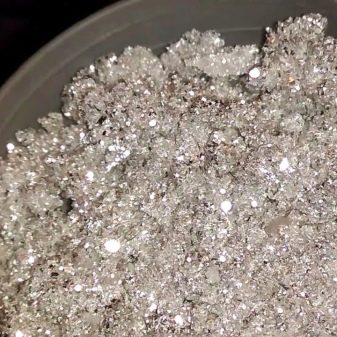
Ways
Chlorination
This method is used to obtain precious metals from solutions. The procedure for cleaning silver from additional impurities at home in this case includes several steps.
- Initially, a little sodium sulfate is added to the solution to produce silver sulfate. After the compounds react with each other, ammonium chloride is added to them - as a result of this reaction, silver chloride is obtained.
- The liquid formed during these reactions is defended for some time so that it is divided into separate fractions. The result should be two separate solutions - one transparent, the other more cloudy.
- After chemical refining of silver, silver itself should be separated from the solution, for this a funnel and a paper filter will be required.
- The entire solution is poured into a bag - the liquid will flow out into a plastic container, and a powdery metal will be visible on paper.
- All the obtained powder should be dried and fused into a single whole - this is low-grade silver chloride. It is necessary to extract pure metal from it in a dry way. To do this, it is mixed with calcium carbonate in equal proportions and melted.
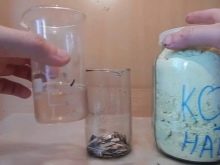

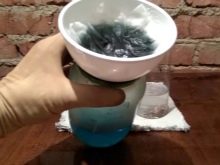
Silver is considered fully refined if no cloudiness is visible during the re-addition of salts.
Cupellation
Cleaning the base technical argentum with stopping. This technology is based on the unique feature of lead, melted together with argentum, to be oxidized in the open air and separated from the metal itself along with other impurities.
To perform the cupping, you will need a bowl-shaped stove completely covered with marl. For reference: marl is a rare calcareous porous clay. It has a characteristic feature that contributes to the maximum absorption of lead oxides.
The step-by-step technique for removing silver is as follows.
- The oven is thoroughly warmed up and test tubes filled with technical argentum, as well as lead, are placed in it.
- The crucible is heated until final melting. Upon completion of the thermal reaction, the crucible is removed and its contents are poured into pre-prepared forms.
- After the composition has completely cooled, it will have a rainbow tint. This means that it contains not only silver, but also some other precious metals.
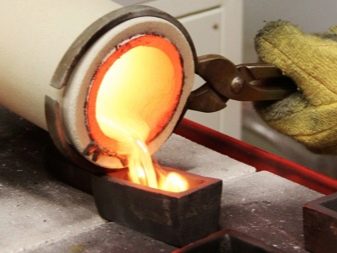
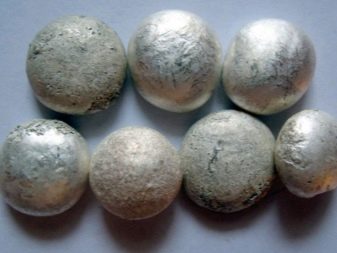
It is obvious that during all the manipulations you can get an alloy of argentum with gold or platinum.
Electrolysis
Contaminated silver acts as an anode in the electrolysis, the cathode is represented by thin strips made of stainless steel.
The anode is placed in small linen bags - in them in the future, all dissolved contaminants in the form of silver particles that will avoid electrolytic dissolution will be collected. At the same time, silver itself is deposited on the cathodes. If you do not have much experience in performing silver refining, it is best to apply it in this technique.
Conventionally, the whole process is divided into 3 main stages:
- metal dissolution in acid;
- the separation of silver salts and their further fusion;
- directly refining itself.
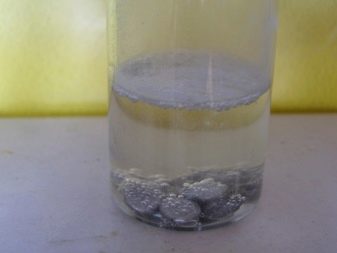
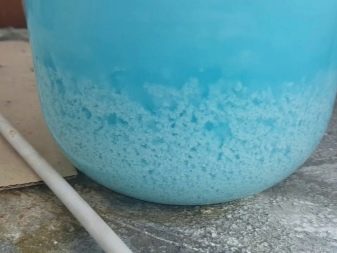
At the initial stage, you will need:
- a solution of nitric acid 68-70%;
- quartz stick;
- any glass container.
To begin with, pure acid is mixed with deionized water in a ratio of 1 to 1. The resulting composition is mixed with a stick of quartz. Diluted acid is poured into specialized containers designed for chemical experiments. To obtain silver nitrate, about 50 g of silver per liter of liquid will be required.
A substance containing silver must be melted in this liquid. This process is accompanied by the release of NO2 gas, and also causes the composition to stain blue. Dissolution lasts quite a long time - to complete the reaction, you need at least 8-12 hours.
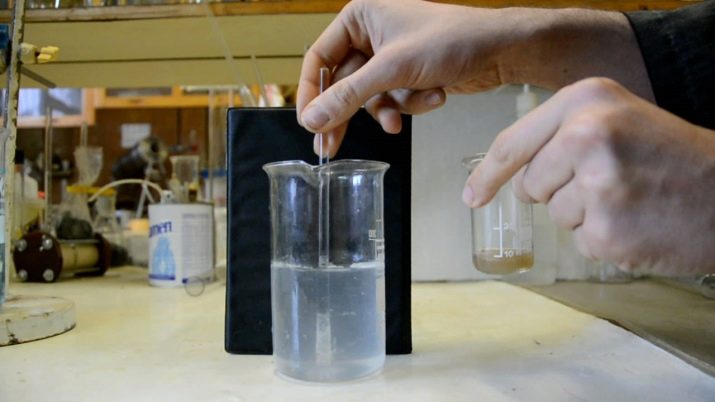
After this, the so-called "silver pigment" should be obtained. For this, the metal argentum is displaced from silver nitrate by copper. We draw attention to the fact that any water pipes polished to a shine can be used as a source of copper. The addition of this element provokes an acceleration of the chemical reaction. The resulting silver cement on the tubes is an argentum in powder form.
The essence of the process is that the tubes give their silver nitrate their copper, so during the refining process they completely dissolve, and if this happens, you need to add another portion. During the displacement of silver, the process slows down, so you can safely leave it for several days without control. The only thing is to control the presence of copper in the solution, and also to ensure that no foreign elements appear in it.
The completion of the chemical process will be indicated by a completely cooled mortar without any visible signs of reaction, as well as the presence of a blue liquid at the top and a layer of silver cement from below.
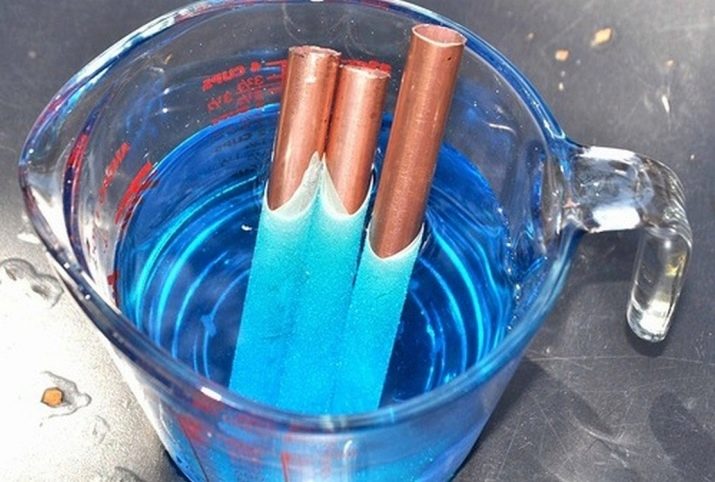
Then you can directly filter the cement. Keep in mind that the filtration procedure should be performed at least 5 times, only this way you can get rid of the remains of copper nitrate. After the cleaning is completed, you should collect all the remaining cement, evaporate the excess moisture or wait until it evaporates naturally.
At the end of the filtration, a little silver may remain in the solution, so you can add a little salt in it and leave it until a precipitate appears. Silver cement in dry form should be removed and fused, for this it must be heated consistently and evenly. Then, water is cast. Due to this, grains are formed, intended for subsequent work with metal.
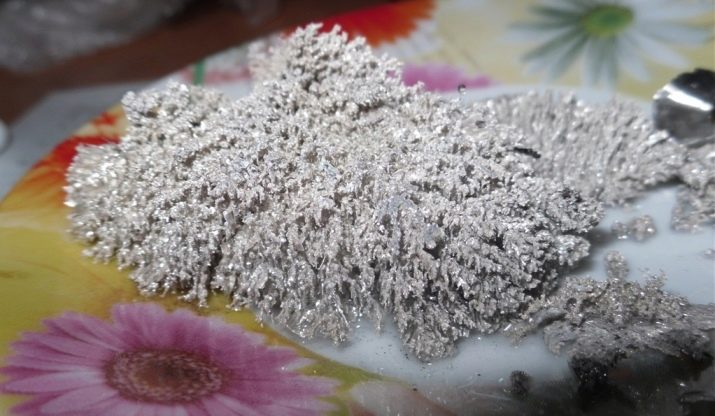
At this stage, approximately 980 silver is obtained, that is, some additional impurities will still be present in the alloy.It will be possible to get rid of them in the third stage, when they get directly refined silver, but first it is necessary to melt the resulting metal alloy into a bar.
A stainless steel ribbon should be attached to the resulting silver mold so that its edge remains dangling. After that, a cathode should be created from the plug, electrical tape and pliers, and the anode stick is passed through the filter. The silver solution prepared in advance is diluted with ordinary distilled water, bringing its amount to 2 liters. The cathode is placed in an electrolytic bath, filled with an electrolyte solution so as to exclude contact with the contact area of the tape and the silver bar. After that, the minus is connected to the plug, and the plus, respectively, to the stick, and electric current is supplied.
After this, care must be taken to ensure that the growing silver crystals do not reach the cathode, as this can cause a short circuit.
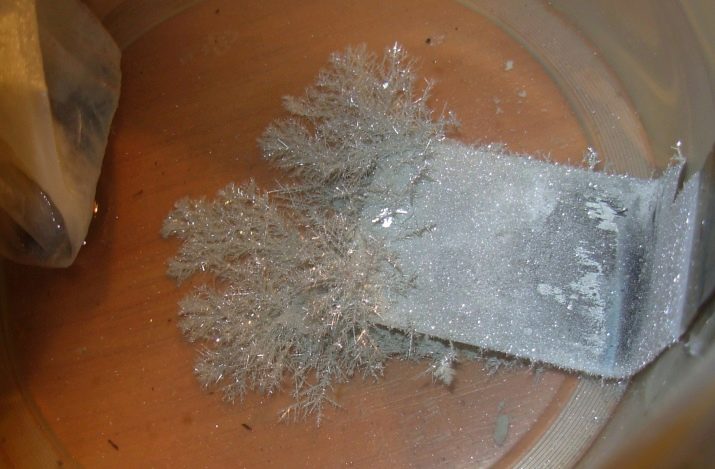
Upon completion of the reaction the silver bar is completely dissolved, after which the electrolyte is drained. Silver crystals are washed several times in water and dried. Then it remains only to fuse the crystals.
Refining silver in the home can be a fun experience, and its result can exceed all your expectations. Each of the methods used is unique in its own way, and the effectiveness of the technology directly depends only on the efforts that you make.
About what features of silver refining exist, see the next video.
